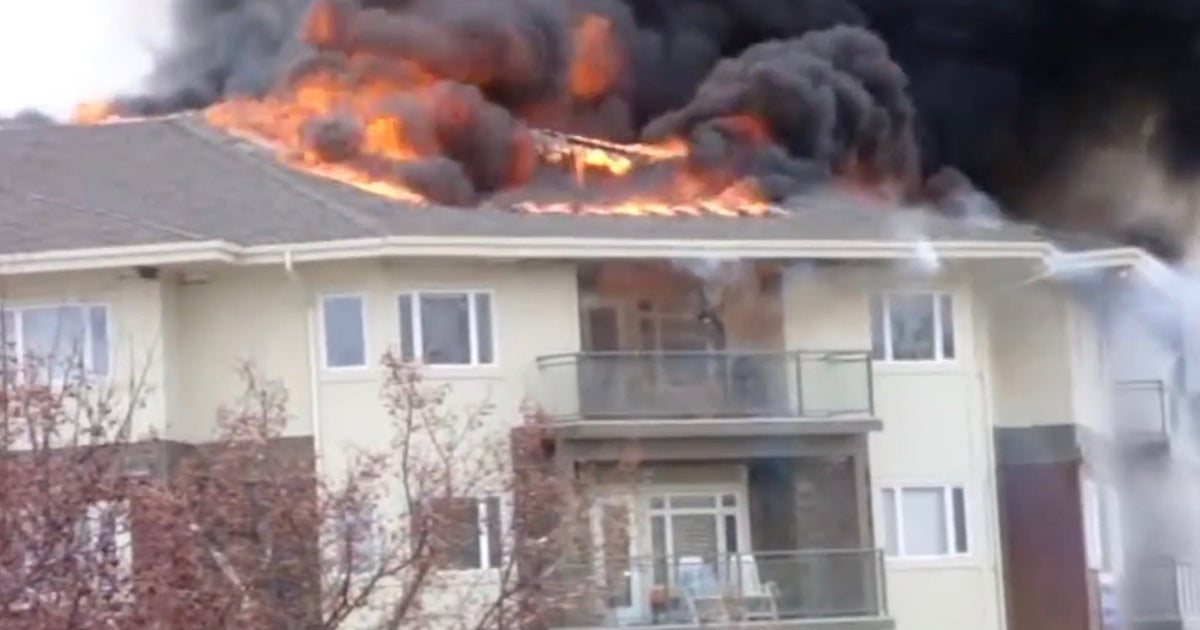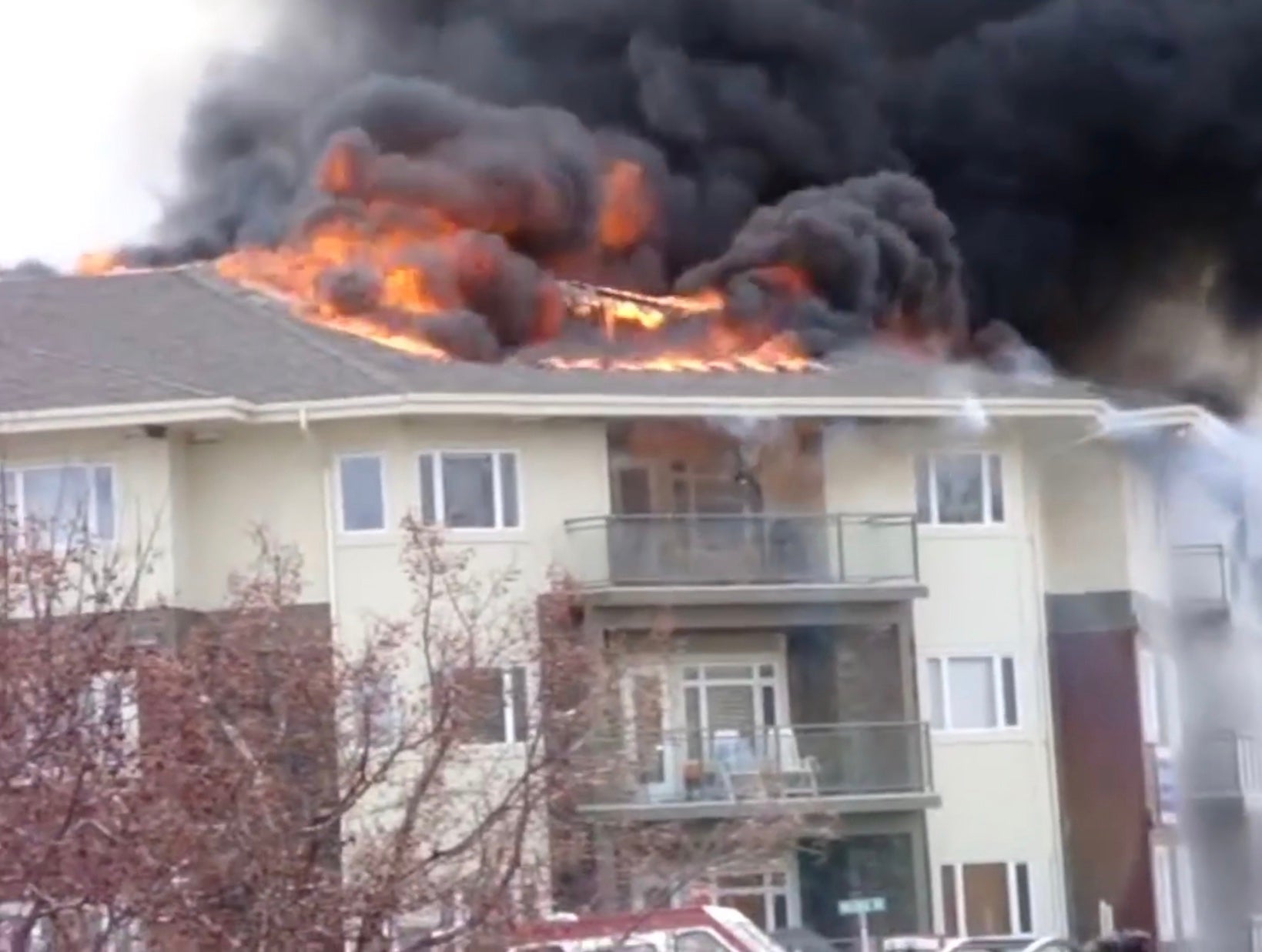
"How Do I Become a Firefighter?"
Learn exactly how to become a firefighter—meet the age, EMT, and CPAT requirements, graduate the academy, and ace interviews with this step-by-step guide.
How to Become a Firefighter: A Step-by-Step Guide
From minimum age and EMT to final probation, this page shows the exact route into the fire service. Work through each step in order and track your progress.
1 · Check the basic requirements
You must be at least 18 years old (21 in a few states), hold a high-school diploma or GED, and have a valid driver license. Review your driving record and any legal history now, as both will be examined later.

2 · Earn EMT and pass the CPAT
Firefighters handle more medical calls than fires, so most agencies require EMT-Basic before you apply. Complete a state-approved course, pass the NREMT, and maintain CPR certification.
The physical gatekeeper is the Candidate Physical Ability Test (CPAT). Train specifically for stair climbs, sled drags, and dummy carries.

3 · Graduate a fire academy
Some departments hire first and send you to their academy; others expect a Firefighter I certificate up front. Plan on 12–16 weeks of live burns, hose deployment, ladder work, and classroom exams.

4 · Apply, test, and interview
Each hiring window opens briefly. Submit a concise résumé, proof of EMT and CPAT, plus transcripts or degrees. Written exams cover reading comprehension, mechanical aptitude, and human-relations scenarios. Oral boards probe judgment and communication.
Need exact scripts and drills? Enroll in Captain Dave’s Become a Firefighter course for guided practice.
5 · Background, medical, and probation
A licensed physician will clear you for respiratory function, vision, and cardiovascular health. Investigators verify work history, finances, and any legal issues. Once hired you serve a 6–12-month probation where every call and drill is evaluated.
For deeper study, see Become a Firefighter (full process), Firefighter Probation Survival Guide, or From High School to Firefighter.
Helpful resources
- National Fire Protection Association – codes, standards, and statistics
- Become a Firefighter book and course – study plan and mentor feedback
Frequently asked questions
How long does the hiring journey take?
Most candidates need 12–24 months, depending on academy availability and local hiring cycles.
Is a college degree required?
No. That said, fire-science or paramedic coursework can add points in many scoring systems.
What part of CPAT is hardest?
The stair-climb event fatigues candidates early. Practice with a 50-lb vest on real stairs at target pace.
Share:


About the Author
Captain Dave is a retired Fire Captain, former paramedic, and author dedicated to mentoring the next generation of firefighters. With more than two decades of fire service experience, he has led crews through high-pressure incidents, trained probationary firefighters, and prepared candidates for every stage of the hiring and promotion process.
He is the author of multiple career guides including Become a Firefighter – National Updated Edition, Pass Firefighter Probation, Veteran to Firefighter, High School to Firefighter, and Promote to Engineer. Captain Dave also creates online courses and interactive safety books for children, blending real-world experience with a passion for public safety education.
When he’s not writing or teaching, Captain Dave shares insights through his Firefighter Mentor platform, helping aspiring and advancing firefighters build the skills, mindset, and confidence needed to thrive in the fire service.
Learn more at www.firefightermentor.com.
Blog posts
-

How to Become a Firefighter in Sacramento
Excerpt
Sacramento is home to both Sacramento City Fire and the Sacramento Metropolitan Fire District. This guide explains requirements, CPAT prep, academy training, and starting salaries so you can prepare for a career in either department.
-

The Essentials for a Future Firefighter
Unlock your potential as an aspiring firefighter with essential habits and strategies. Learn about time management, effective memorization, and the importance of sleep for success in the fire service. -

Firefighter Hiring Standards and Diversity Initiatives for 2025
As we approach 2025, the firefighting profession is undergoing significant changes in hiring standards and diversity initiatives. Departments nationwide are implementing more rigorous physical assessments, comprehensive medical evaluations, and updated educational prerequisites to ensure candidates are well-prepared for the demands of the job. Additionally, targeted recruitment programs and inclusive training environments are being established to promote diversity within the fire service. Aspiring firefighters must stay informed about these developments to navigate the recruitment process successfully.


